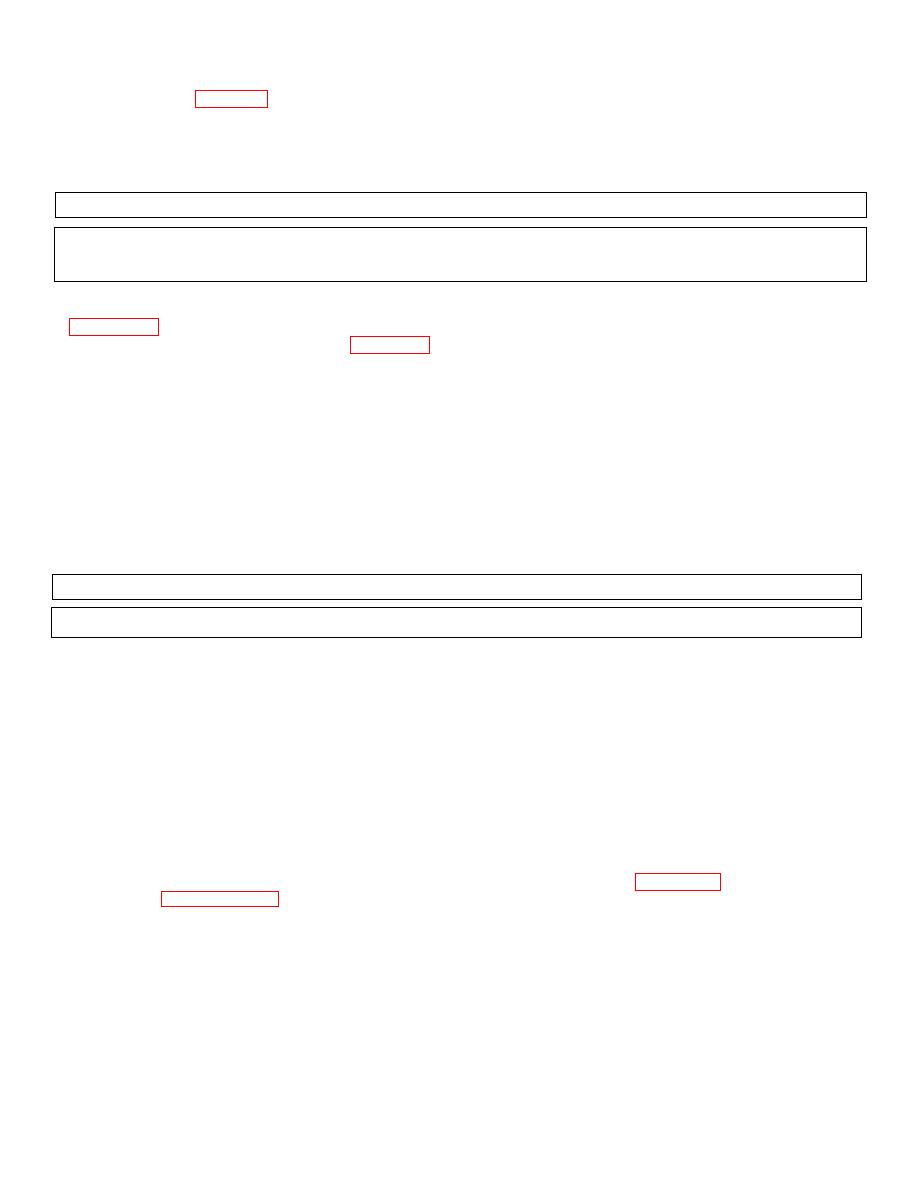
| Tweet |

Custom Search
|
|

|
||
 TB 55-1900-232-10
(Text continued from page 2-28)
to port with a sledge, allowing the main pin to slide out of the pear-shaped link. The design uses no shackle. This style
towing attachment, like the vertical free-standing padeye, is susceptible to tripping loads and is dependent upon the
fairlead chock.
CAUTION
The large and small Smit Brackets are sized to accept the standard end link of 3-inch and 2-inch chain,
respectively. They will directly accept the common link of considerably larger chains. Check dimensions
carefully in designing the tow connection!
The standard Smit Bracket design is manufactured in two standard sizes. The larger size, whose dimensions are shown
in Figure 2-24, will accept the standard end link of a 3-inch chain. Smaller chains will require a large safety anchor
shackle or the pear-shaped link depicted in Figure 5-3. This link may be found aboard the ship outfitted with such a
towing bracket.
The smaller standard size Smit Bracket is designed to accept the end link of 2-inch chain, or the common link of 23/4-
mch chain.
Sometimes the Smit Bracket design is adapted to other dimensions. In all cases, the dimensions must be checked
carefully to ensure that properly-sized jewelry is available to make the connection.
2-5.6 SPECIAL ATTACHMENTS. When there is no convenient attachment system on the towed vessel, other means
must be devised for the attachment. This is particularly important in the case of rescue towing, when time and shoreside
support will not be available for installing padeyes and fairleads. One alternative is to make use of the towed ship's
anchor chain
WARNING
In no case should the stud of a common chain link be removed to provide a connecting point to a chain.
The usual method of using the towed ship's anchor chain is to stop off the anchor and break the chain. Ensure that the
inboard section will not be pulled down into the chain locker due to its own weight. The bitter end of the chain can then
be connected directly to the towing pendant brought through an appropriate deck edge chock. The anchor chain then can
be veered to provide chafing protection and any desired additional catenary to the towline system, for improved dynamic
load mitigation In this case, the ship's chain stopper system may not align ideally with the fleet angle of the chain, but in
most cases it will be sufficient for towing purposes.
Other methods using the tow's anchor chain involve suspending the anchor from a wire strap or cutting it loose
completely, and towing through the hawsepipe. The rigging involved will be complex and perhaps hazardous. Further,
this method often results in the chain bearing against a sharp forward or upper outer lip of the hawsepipe, which may
consist of a much smaller radius than would be ideal for chain.
Another attachment point can involve passing a chain around a gun mount or foundation of a deck machinery
installation, or rigging a wire rope strap with a large eye on one end around bitts. See Figure 2-25. When using bitts for
towing, refer to Paragraph 5-6.2. However the attachment point is effected, it may also be necessary to cut through the
bulwark or to remove other fittings from the deck in order to provide a clean sweep for the towing pendant. When rigging
a special attachment for towing, the twin problems of attachment point and fairlead must be solved For additional
discussion of attachments, see Section 5-6 of this manual
2-5.7 QUICK DISCONNECT SYSTEM.
Most routine point-to-point tows are securely
2-33
|
||
 |
||